Deck & Commander Strategies

Trostani, Selesnya's Voice
Generate tokens and populate them to build a large board while gaining life, aiming to overwhelm opponents with a massive token swarm.

Mayael the Anima
Ramp into big creatures and cheat them into play quickly, using fight mechanics and enchantments like Guild Feud to gain card advantage and control the board.
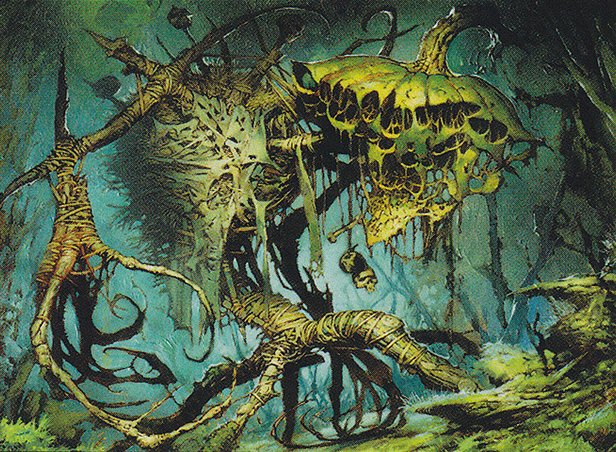
Reaper King
Leverage the scarecrow tribal synergy to destroy opponents’ permanents and maintain board control, while building a threatening creature presence.

Savra, Queen of the Golgari
Utilize sacrifice outlets combined with black enchantments to repeatedly recur creatures, generating value through death triggers and incremental advantage.
Gameplay Insights
- 1
Mayael’s use of Guild Feud to force creature fights disrupted opponents’ boards and provided card advantage, a key tempo swing.
- 2
Reaper King’s ability to destroy permanents repeatedly helped control the board and keep opponents off balance.
- 3
Savra’s synergy with sacrifice and reanimation enchantments allowed continuous pressure and resilience against board wipes.
- 4
Trostani’s population of tokens combined with life gain set up a potential storm herd finisher, requiring opponents to respond quickly.
- 5
The interaction between creature recursion and token generation created a dynamic board state, making removal and timing critical for success.
Notable Cards
-
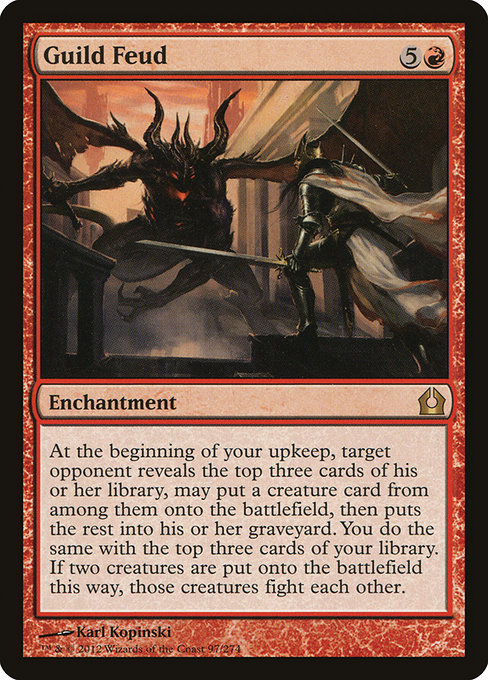
Guild Feud
-
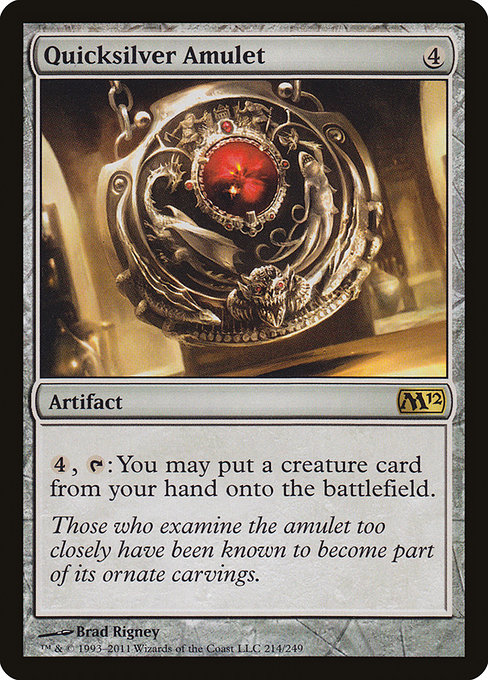
Quicksilver Amulet
-
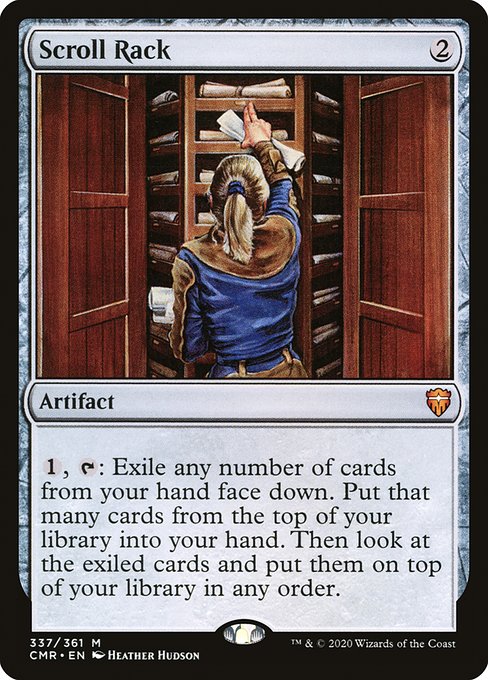
Scroll Rack
-
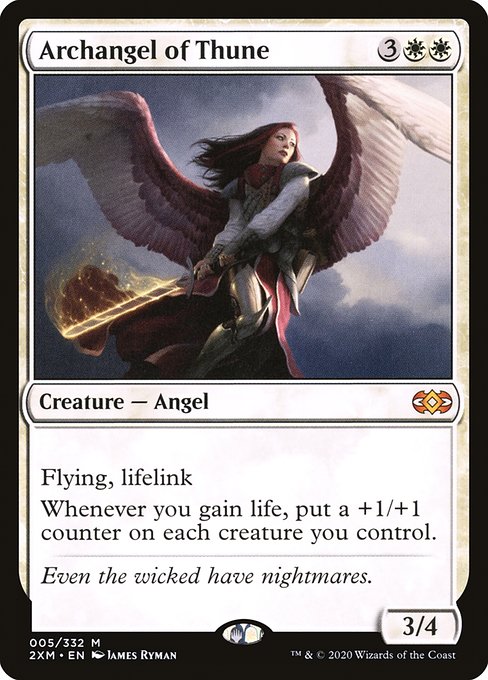
Archangel of Thune
-

Homeward Path
-
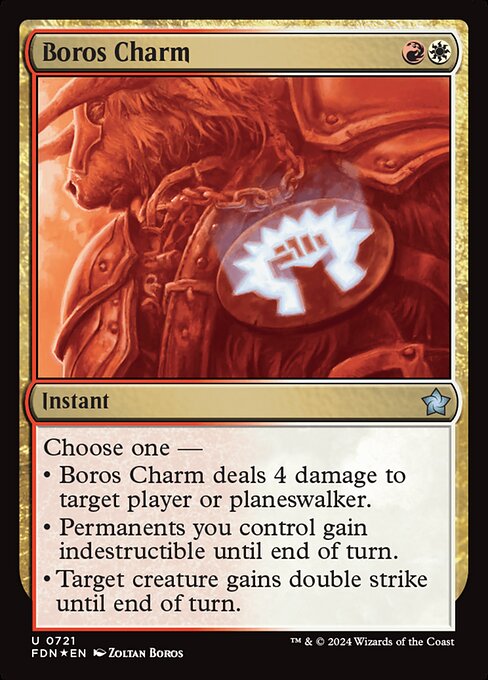
Boros Charm
-

Whip of Erebos
Gameplay Summary
The multiplayer Commander game featured four distinct decks each piloted by different players: Reaper King, Trostani, Mayael the Anima, and Savra, Queen of the Golgari.
Trostani's deck focused on populating and life gain strategies, generating tokens and using them to overwhelm opponents.
Mayael the Anima played a big creature ramp deck, aiming to cheat large creatures into play quickly and leverage fight mechanics with Guild Feud.
Reaper King centered on a theme of scarecrow creatures, aiming to control the board by destroying permanents and leveraging its tribal synergy.
Savra, Queen of the Golgari, focused on sacrificing creatures and recurring them via powerful black enchantments, creating value through death and reanimation effects. Early in the game, the players jockeyed for board presence with token generation and ramp.
Trostani's populating and life gain steadily increased her board's size, threatening a storm herd finisher.
Mayael aimed to cheat big creatures into play, supported by Guild Feud to force fights and generate card advantage.
Reaper King kept board control threats active, destroying problematic permanents, while Savra leveraged sacrifice outlets and enchantments to maintain a steady flow of creatures and incremental advantage.
Key turning points included a fight initiated by Guild Feud that disrupted Mayael's board, and strategic use of sacrifice and reanimation by Savra to outvalue opponents.
The game revolved around managing board state, creature recursion, and efficient removal to maintain tempo and set up for a decisive attack or combo finish.
![Commander Vs S2E8: Savra vs Mayael vs Reaper King vs Trostani [MtG: Multiplayer] thumbnail](https://i.ytimg.com/vi/PmxKvs6zQYE/sddefault.jpg)


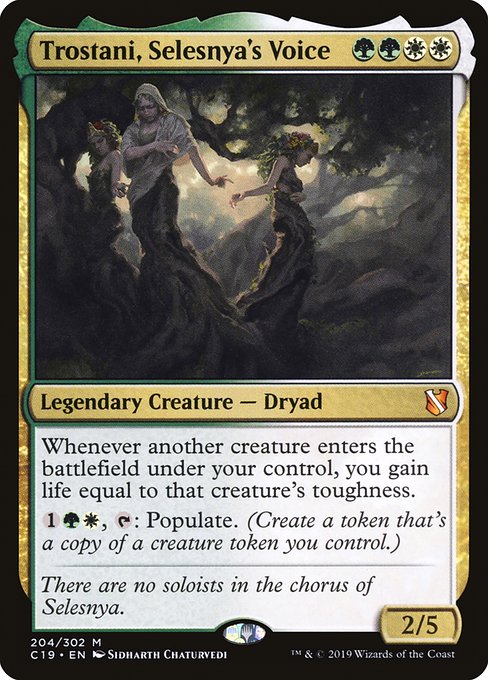
























![Herumkommandiert #05 | Halloween Commander EDH Gameplay [Deutsch] thumbnail](https://i.ytimg.com/vi/TYi-yLuHxeU/sddefault.jpg)

















